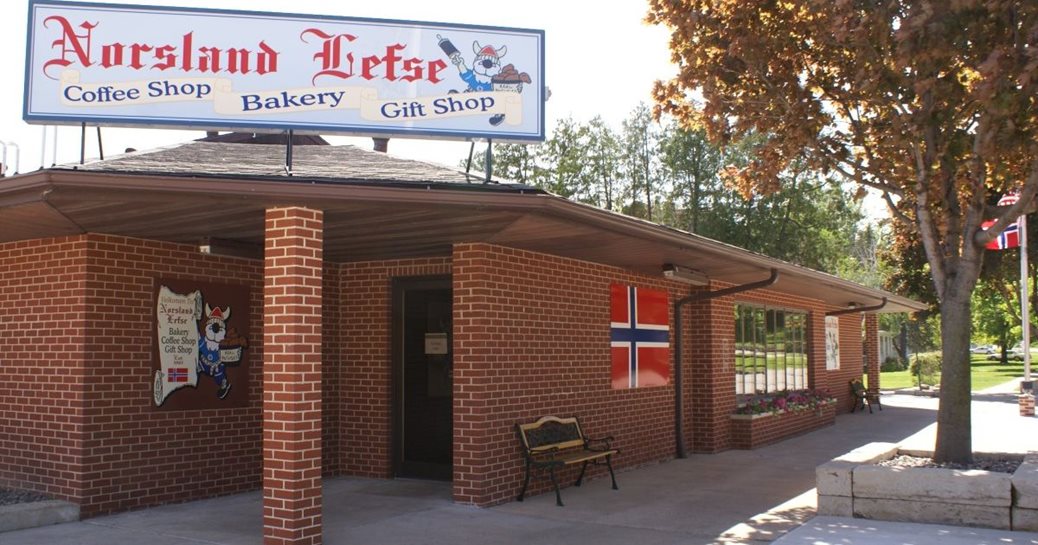Have you ever wondered what Wisconsin looked like before it was settled by humans, more specifically by Europeans? Can you picture large prairies surrounded by huge old trees, vistas, overlooks, butterflies and wildflowers? Can you think of walking through the trees and not getting lost because you can see deep into the forest?
 Historians and conservationists with access to early records of explorers and settlers say much of the Midwest and particularly southeast Wisconsin were covered with oak savanna. An oak savanna at its most basic is a blend of forest and prairie, not quite one nor the other, with the most dominant trees being oaks. Within this blend, however, was an incredible diversity of plants and wildlife in the understory and prairies.
Historians and conservationists with access to early records of explorers and settlers say much of the Midwest and particularly southeast Wisconsin were covered with oak savanna. An oak savanna at its most basic is a blend of forest and prairie, not quite one nor the other, with the most dominant trees being oaks. Within this blend, however, was an incredible diversity of plants and wildlife in the understory and prairies.
On June 8, the Brilliance team spent the morning helping to remove invasive species from the Hidden Oaks Savanna in Franklin, WI on a parcel of county land operated by the Hunger Task Force. Through a unique relationship with Milwaukee County Parks, the Hunger Task Force Farm annually produces 750,000 pounds of fresh vegetables free of charge for the hungry in Milwaukee with the help of volunteers. The Farm is also working to restore natural areas that are not being cultivated or otherwise developed, including “wetlands along the Root River, prairies, woodlands and a very rare 43-acre woods called the Hidden Oaks Savanna.”
Historically, savannas were maintained by infrequent lightning-struck fires before the Native Americans settled here and with intentionally set fires after they realized the burning was beneficial to the ecosystem. Since oak trees are highly fire-resistant, they became the survivors, growing taller and stronger with every blaze, while other vegetation would be burned to ash.
With the arrival of Europeans, prairie lands became farm lands, trees were felled for building material, and the oak savanna began to disappear because fires were no longer set intentionally. The Wisconsin DNR estimates, “Intact examples of oak savanna vegetation are now so rare that less than 500 acres are listed in the Natural Heritage Inventory as having a plant assemblage similar to the original oak savanna. This is less than 0.01% of the original 5.5 million acres.”
 In southeastern Wisconsin 43 of those acres are maintained with the help of volunteers. One of the tasks of springtime volunteers in Hidden Oaks Savanna was invasive species removal. While Dame’s Rocket is a lovely native wildflower, it can also be quite aggressive and prolific, choking out the diversity of the understory by reproducing exponentially each year. As a team, we spent a beautiful morning walking around the oak savanna pulling up these pretty flowers and ripping them into three parts to cut off any lingering nutrients to the roots and seeds. It will likely take many seasons to control the spread of these and other plants, but eventually Hidden Oaks Savanna will have more diversity over all.
In southeastern Wisconsin 43 of those acres are maintained with the help of volunteers. One of the tasks of springtime volunteers in Hidden Oaks Savanna was invasive species removal. While Dame’s Rocket is a lovely native wildflower, it can also be quite aggressive and prolific, choking out the diversity of the understory by reproducing exponentially each year. As a team, we spent a beautiful morning walking around the oak savanna pulling up these pretty flowers and ripping them into three parts to cut off any lingering nutrients to the roots and seeds. It will likely take many seasons to control the spread of these and other plants, but eventually Hidden Oaks Savanna will have more diversity over all.
At Brilliance, one of our Values is “Wholehearted”. We practice this value by regularly volunteering in our community at various organizations doing very great and important work and we were excited to support the Hunger Task Force and the Farm in this small way. In addition to the natural area restoration, the major work they do in providing food free of charge to local food pantries is vital to many in our community. If you are interested in volunteering with them at the Farm or in other ways, be sure to visit their website for more information.
Since the Hunger Task Force leases the Farm property from Milwaukee County Parks, Hidden Oaks Savanna is open to the public. There are three miles of hiking trails with more to come as the natural area restoration continues. If you want to experience what pre-settlement Wisconsin might have been like, be sure to get in touch with the Farm for a tour.
80% of the Brilliance Team after our volunteer service. Left to right: Karleen, Drew, Mike, Angela, Matt, Dave, Joe, and Jared.

Our 6'4" Director of Development, Dave McDonald, standing in a massive and ancient oak tree.

Dame's Rocket in Hidden Oaks Savanna.




